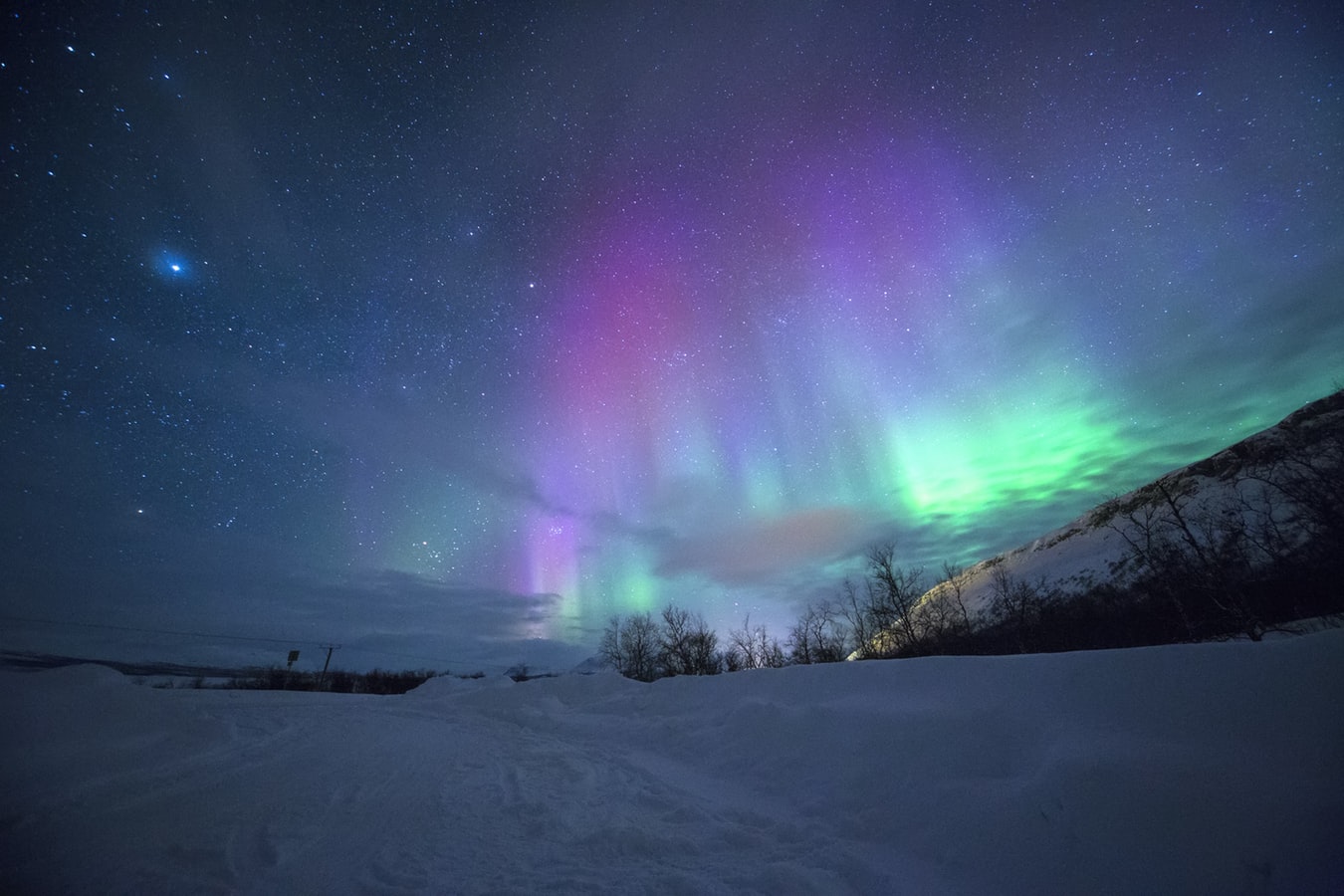Descripción/Description:
A four-year PhD contract is offered in the framework of the Project “Severo Ochoa” at IAA-CSIC. The selected candidate is expected to carry out her/his activity in the research line of Galaxy Evolution and Cosmology. Supervisor: Enrique Pérez Montero (epm@iaa.es)
The candidate will incorporate to the "Estallidos de formación estelar en galaxias/Starbursts in galaxies" group in the IAA-CSIC. The research activity of the Estallidos group is devoted to the study of galaxies hosting very massive episodes of star formation both in the local and the young Universe,deriving new information that helps to describe in detail the properties of the host galaxies and the interplay between massive stars and the interstellar medium. There is a large amount of available and incoming observational data for this kind of objects coming from different facilities at various spectral ranges. In particular, IR range is going to become very relevant to study the high-redshift regime in the optical and the upcoming facilities in the next decade that will largely increment the amount of data in the near and mid-infrared for both local and distant galaxies (e.g. EMIR in GTC, JWST, ALMA...). For this reason, it is timely and necessary to put more efforts in the theoretical and computational interpretation of all the available data following previous work making use of photoionization models to compute all the relevant physical quantities and extract new conclusions.
In particular, the tasks of the student using models to be applied to the infra-red emission-line spectra will consist in the following:
- Derivation of consistent chemical abundances from fine structure IR emission lines. Metallicity is crucial to study fundamental relations as a function of cosmic age, as the mass-metallicity relation the fundamental-metallicity relation or others with other abundance elemental ratios such as N/O and C/O. For this reason, deriving model-based schemes to calculate the chemical abundances from IR lines is of great importance in order to consistently study cosmic chemical evolution.
- The nature of the ionizing sources from IR lines. At higher redshifts most objects after the re-ionization epoch present characteristics different from the typical star formation modes usually found in local spiral disks. Models are a unique way to study the nature of this ionizing sources, including active galactic nuclei or Population III stars, by means of diagnostic diagrams or to assess the fraction of escaping photons or the integrated star formation rate. The application of models to high-redshift galaxies, local analogs and local HII regions will help to understand these differences minimizing the extinction affecting optical emission lines.
- The interplay between gas and dust, also very poorly understood, that can be interpreted using models feeding our recipes with available infra-red observations (Spitzer, Herschel, ALMA) can only be correctly interpreted by means of models both in 2 and 3 dimensions and combining results from both optical and IR lines with spatial resolution.
Applications must be submitted online at the URL of the Ministerio de Ciencia e Innovación https://sede.micinn.gob.es/ayudaspredoctorales/ . To request the present research project please use the following reference: SEV-2017-0709-20-2
Candidates are also encouraged to contact Dr. Enrique Pérez Montero (epm@iaa.es) and provide the following information:
- Curriculum vitae, with a publication list if relevant;
- A statement of interest (max. one page, including a brief description of research interests and relevant experience);
- Copies of university grades, certificates and/or diplomas;
- Names and contact details of 2 experts who are prepared to send confidential recommendation letters should they be requested to do so.
